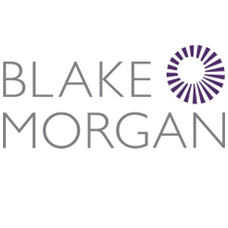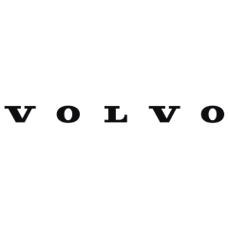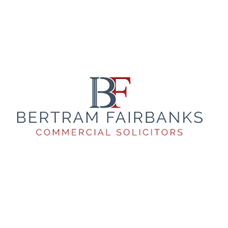Reducing Environmental Impact
Law firms have historically wasted resources, excessive printing, unnecessary travel and energy inefficiencies. Today, improvements include:
- Electronic data rooms replacing paper-heavy processes
- Motion-sensor lighting and reduced printing
- Remote meetings to cut travel emissions
Travel
Flights have a huge carbon footprint. For example, one business-class return flight from London to Hong Kong emits 10 tonnes of CO₂ equal to 350,000 plastic bags. Firms should ask: Can this meeting happen virtually?
Office Design
Office moves and refits carry significant carbon costs. Every square metre of replaced carpet adds 5–20kg of CO₂e. Sustainable firms assess necessity and choose eco-friendly materials.
Energy
Leading firms in the Legal Sustainability Alliance aim for 100% renewable energy by 2025. Strategies include:
- Switching to green energy providers
- Installing solar panels
- Improving insulation and reducing waste
People and Wellbeing
Sustainability isn’t just environmental, it’s about people. Burnout culture is outdated. Firms must:
- Promote mental health
- Reduce excessive workloads
- Recognise the hidden carbon cost of recruitment
Technology and Efficiency
AI and legal tech reduce resource use and improve efficiency. They also help move away from outdated models that rely on junior lawyers for billable hours.
Client Influence
Clients drive change. For example:
- Deutsche Bank refuses to pay for trainee work
- Microsoft offers a 3% premium for firms meeting diversity targets—similar incentives could apply to sustainability
Business Model Evolution
Sustainable firms rethink:
- Partner remuneration structures
- Retention strategies
- Moving away from the pyramid model toward leaner, tech-driven structures
The Triple Benefit
Law firms that embrace sustainability gain:
- Lower environmental impact
- Improved employee wellbeing
- Greater profitability
If we can assist you and you might appreciate a no obligations discussion, please get in touch with one of your dedicated consultants.
















